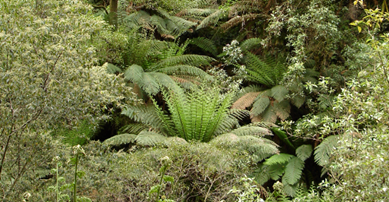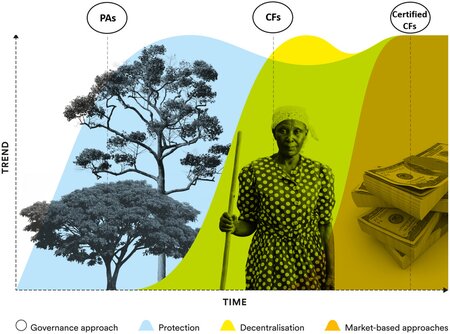Nature-Related Disclosures
The Biodiversity Consultancy works with companies to develop and achieve their deforestation-free and conversion-free commitments across sectors, supply chains and investment portfolios.
No deforestation and no conversion commitments are a critical component of both climate and biodiversity strategies, and a fundamental part of corporate approaches to nature positive.
As part of setting a nature positive strategy and science-based targets, companies will want to prioritise their commitment to deliver no deforestation and no conversion within their supply chains. This will include time-bound targets and actions to halt deforestation and natural ecosystem conversion from 2020 onwards, and to accelerate restoration in supply chains and portfolios by no later than 2030.
Achieving this requires an understanding of where commodities and materials within the supply chain are being produced, and the impact each part of the production and supply chain has on natural forest and other ecosystem loss. Our work helps companies build this understanding by assessing conversion footprint and future risk within the supply chain, and by advising how different technology and platforms can enable real-timing monitoring and transparent reporting as part of a comprehensive approach.
How our approach integrates no deforestation and no conversion
Land-use change is one of the five key pressures on nature and biodiversity and an integral part of our customised methods for nature impact footprinting across global supply and value chains. Our approaches and methods are used to inform, integrate, and streamline deforestation, ecosystem conversion and other land use risks into strategy and practice. Part of this is to help define and set targets for no deforestation and no conversion commitments within a larger nature positive perspective. Our services include:
- Impact & risk mapping for deforestation and ecosystem degradation
- No deforestation and no conversion policy design – integrating into your climate and nature policies
- Guidance in meeting emerging EU, US and UK regulations
- Strategy development, baseline and target setting for deforestation and conversion free supply chains and portfolios
- Strategy and action planning in priority industries, supply chains, geographic regions, ecosystems and sites – including KPI development, monitoring & evaluation systems
- Guidance on available technology and platforms for real-time monitoring and other related services
- Training and capacity building for your company, suppliers, and key stakeholders
Science-based targets and no deforestation or conversion
We always advocate companies take science-based approaches where possible and work with them to align their approaches to leading practice. Science Based Targets initiative (SBTi) is currently developing guidance for Forest, Land and Agriculture (FLAG) after identifying the urgent need to have a standard method to account and set science-based targets that include land-related emissions and removals.Companies with a significant proportion of emissions from FLAG will be obligated to set and report against specific FLAG targets from September 2022 onwards. SBTi also requires implementation of no deforestation commitment as a complementary step in the target-setting and validation process. It expects the alignment of deforestation targets with the Accountability Framework (AFI).



